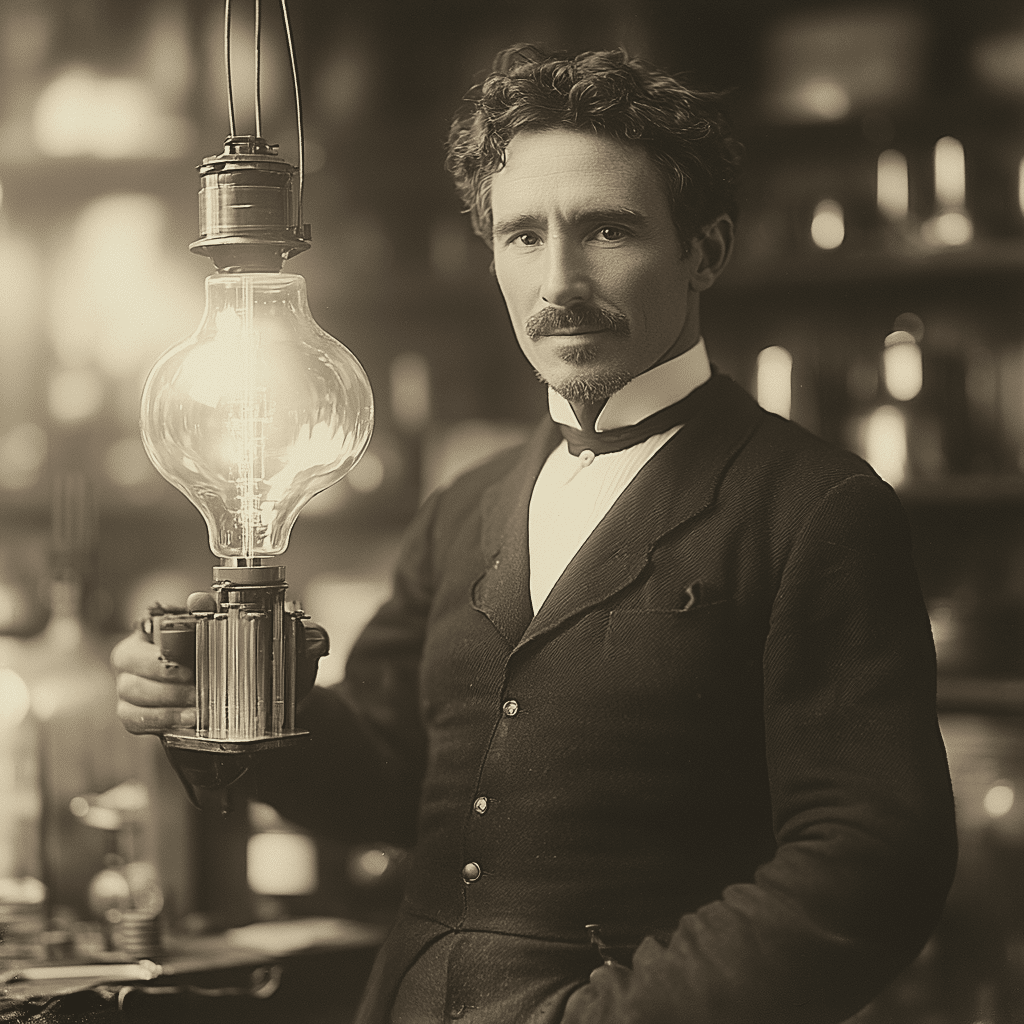The term serial killers evokes a wide range of emotions—from fear to a perplexing sense of intrigue that keeps us glued to our screens. Over the years, many notorious names have captured our attention, frequently leading us down a rabbit hole of gruesome stories and dark psychological profiles. Understanding these individuals isn’t just a morbid curiosity; it helps shed light on societal issues and human behavior. So, let’s dive into the depths of this chilling phenomenon and take a closer look at the top 7 serial killers that shocked the world with their horrifying crimes.

The Top 7 Serial Killers That Shocked The World With Their Crimes
Ah, Jack the Ripper—the ghost of Victorian London who still sends shivers down our spines. Between August and November 1888, this killer claimed at least five women in the Whitechapel district. His methods were brutal, and the mystery shrouding his identity only fueled speculation. Theories abound: Was he a member of the royal family? A local butcher? His legacy continues to haunt the arts, inspiring films, books, and documentaries, all sparking discussions about social inequalities and gender roles of the time.
Talk about a smooth talker! Ted Bundy was the poster boy for the “killer next door” trope. In the 1970s, he lured his victims—young women—using charm, good looks, and a false persona of a helpful gentleman. Responsible for at least 30 murders, Bundy captivated the nation with his duality. This seemingly normal law student manipulated society’s trust, leading to extensive studies on criminal psychology and the societal factors that enable such heinous behavior.
A rare female serial killer, Aileen Wuornos had a life story that’s both tragic and disturbing. In Florida during the late 1980s, she shot seven men, claiming it was in self-defense against sexual assault. Wuornos’ background highlighted heavy themes of gender violence, mental health struggles, and poverty, prompting serious discussions about how society’s neglect leads some women down dark paths. Her case personifies the intersection of crime and social issues, making us rethink the narratives we often hear.
Known as the “Butcher of Rostov,” this Russian killer was a chilling force from 1978 to 1990, taking the lives of at least 52 victims, predominantly young women. Chikatilo’s killings were not only grotesque but highlighted flaws in the Soviet policing system, sparking massive shifts in law enforcement and criminal psychiatry in the region. His capture unmasked monumental failures within the Soviet Union, prompting discussions about societal malaise and the psychological motivations behind such gruesome acts.
The “Killer Clown” is a title that really says it all. John Wayne Gacy harbored a dual life, charming his community while lurking in the shadows as a monstrous predator. In the late 1970s, he horrifically murdered 33 young men and boys. Gacy’s ability to blend into society, holding parties dressed as a clown, raised alarms about the unseen dangers around us. His case ignited conversations about trust, personal safety, and the harrowing reality that evil often conceals itself behind a friendly exterior.
They say there’s irony in evil, and Harold Shipman displayed this all too tragically. A trusted doctor in England, he used his medical expertise to systematically kill over 250 of his patients. His case emerged in the late 1990s, sending shockwaves through the healthcare system and igniting discussions about the role of trust in authority figures. Shipman’s actions revealed systemic issues in healthcare oversight, prompting essential reforms to ensure patient safety—a painful lesson learned too late for many.
Ed Gein’s name might not ring a bell, but his actions created horror that influenced horror movies for decades. Activities in the 1950s included disturbing body snatching and murder that reflected deep-rooted psychological trauma. Gein’s crimes inspired fictional characters like Norman Bates in “Psycho” and Leatherface in “The Texas Chainsaw Massacre.” His story serves as a haunting reminder of how inherited trauma and rural isolation can distort a person’s psyche.

The Lasting Impact of Serial Killers on Society and Culture
The narrative surrounding serial killers extends beyond their heinous actions; it probes deeply into human behavior, societal fears, and cultural reflections. Take a stroll down the aisles of Netflix, and you’ll see countless documentaries and true-crime shows perpetually uncovering these chilling tales. The stories of these murderers tap into our fascination with the clash of good versus evil, reminding us that darkness can exist within the most ordinary faces.
Analysis of these cases doesn’t just inform our understanding of criminal minds; it encourages vital public discussions on mental health, societal structures, and the justice system. It challenges our views on how these individuals can emerge and thrive in societies that, at face value, appear safe. As we grapple with the legacies of these crimes, we’re presented with a consistent opportunity: to delve into the motivations and conditions that bring about such terror.
In our quest for understanding, let’s not just focus on the who and what but also the why that shapes these horrors. By transparent dialogues and thorough examinations, we can construct a safer society, reflecting on the human elements involved while respecting the lives affected by the confounding tapestry of crime. So, the next time you learn about a serial killer, remember—you’re not just looking at a monster; you’re looking at a story worth understanding.
If you’re fascinated by these grisly stories, check out our latest articles on pop culture, like our take on Normani, and don’t forget to laugh at some Chatgpt Memes to lighten the mood! Who knew exploring the minds of serial killers would lead to such a wealth of discussion and discovery?
Serial Killers: Shocking Facts That Will Leave You Speechless
The Other Side of the Mind
Serial killers operate on a plane that baffles even seasoned psychologists. Take Ted Bundy for example; before he was tagged as one of the most notorious killers in history, he was a charming man who could easily blend into























